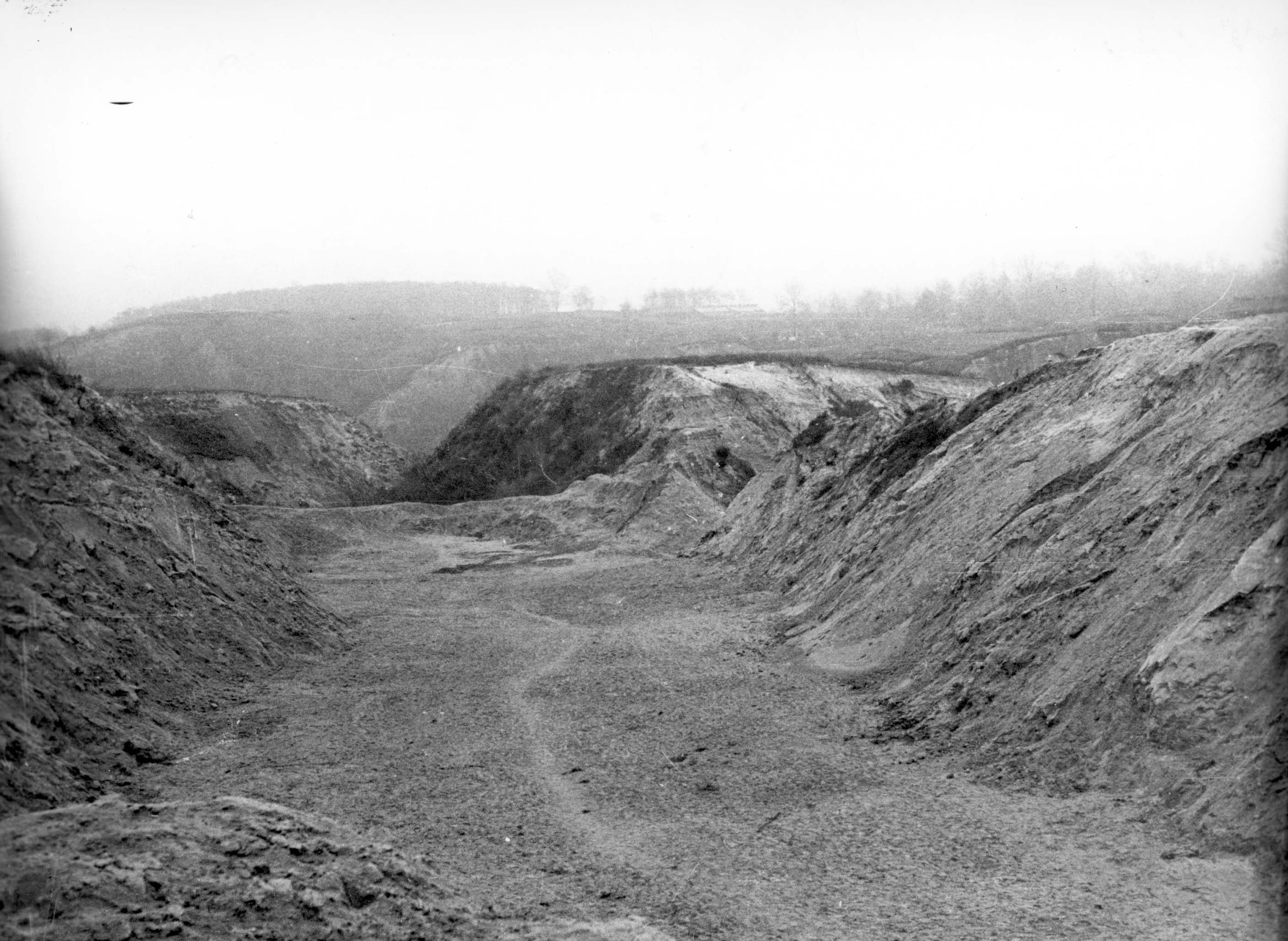

Murder Story of Kiev Jews in Babi Yar

Those Jews who were not murdered during the two-day massacre of late September 1941 were locked up in garages on Melnikova Street near Babi Yar. These Jews were murdered in Babi Yar by members of Einsatzkommando 5 on October 1-3, 1941.
The Jews who had managed to hide during these massacres but were later handed over by their non-Jewish neighbors or arrested by Wehrmacht soldiers or German or local auxiliary policemen, were taken to the Security Police prison, from which they were taken to Babi Yar and murdered in gas vans. Their bodies were thrown into the ravine. Jews from nearby localities, such as Brovary, were also brought to Babi Yar and shot there.
Soviet Jewish prisoners of war and Jewish civilian prisoners who had been held in special detention camps in Kiev since late September 1941 were also taken (in groups of several dozen people) to Babi Yar and shot dead. In the course of the Nazi occupation many non-Jews, including Soviet prisoners of war, Roma, and people accused of anti-German activities were also murdered at the Babi Yar ravine. According to various estimates the total number of victims at Babi Yar was about 70,000.
